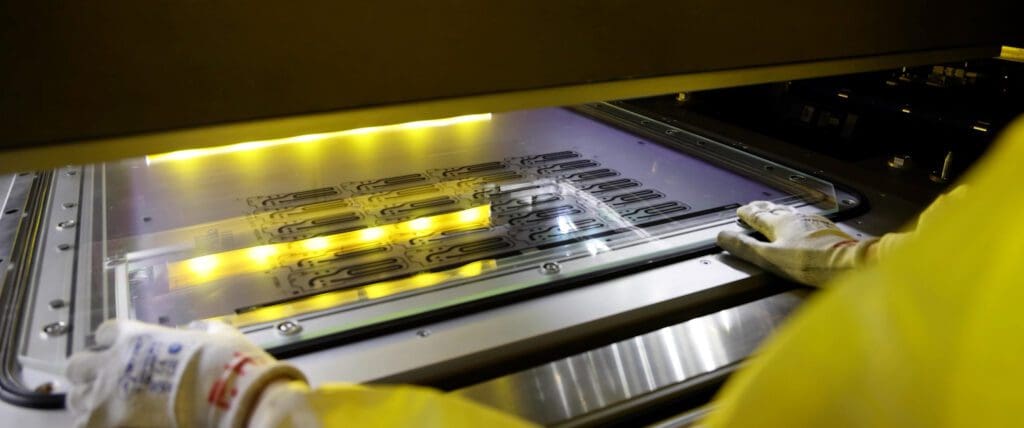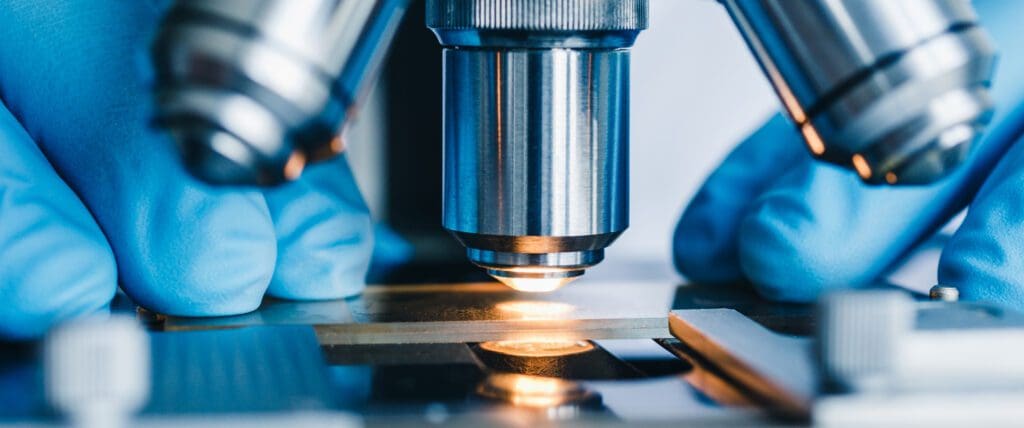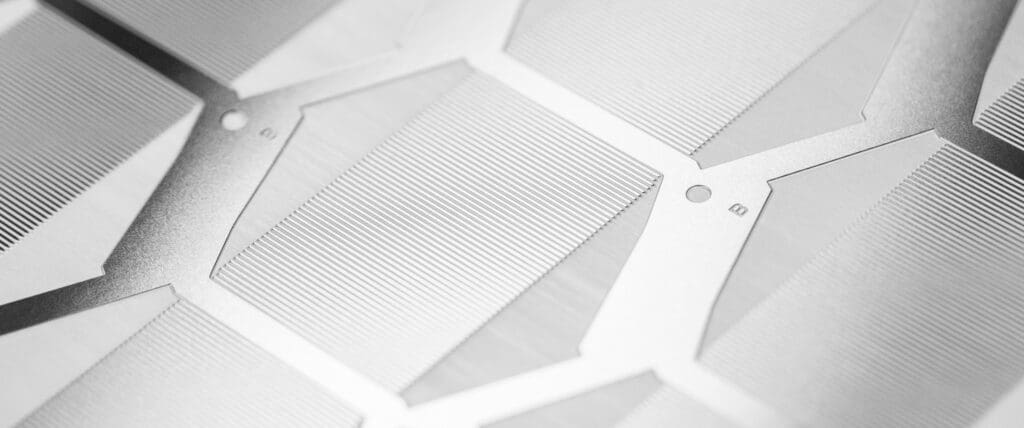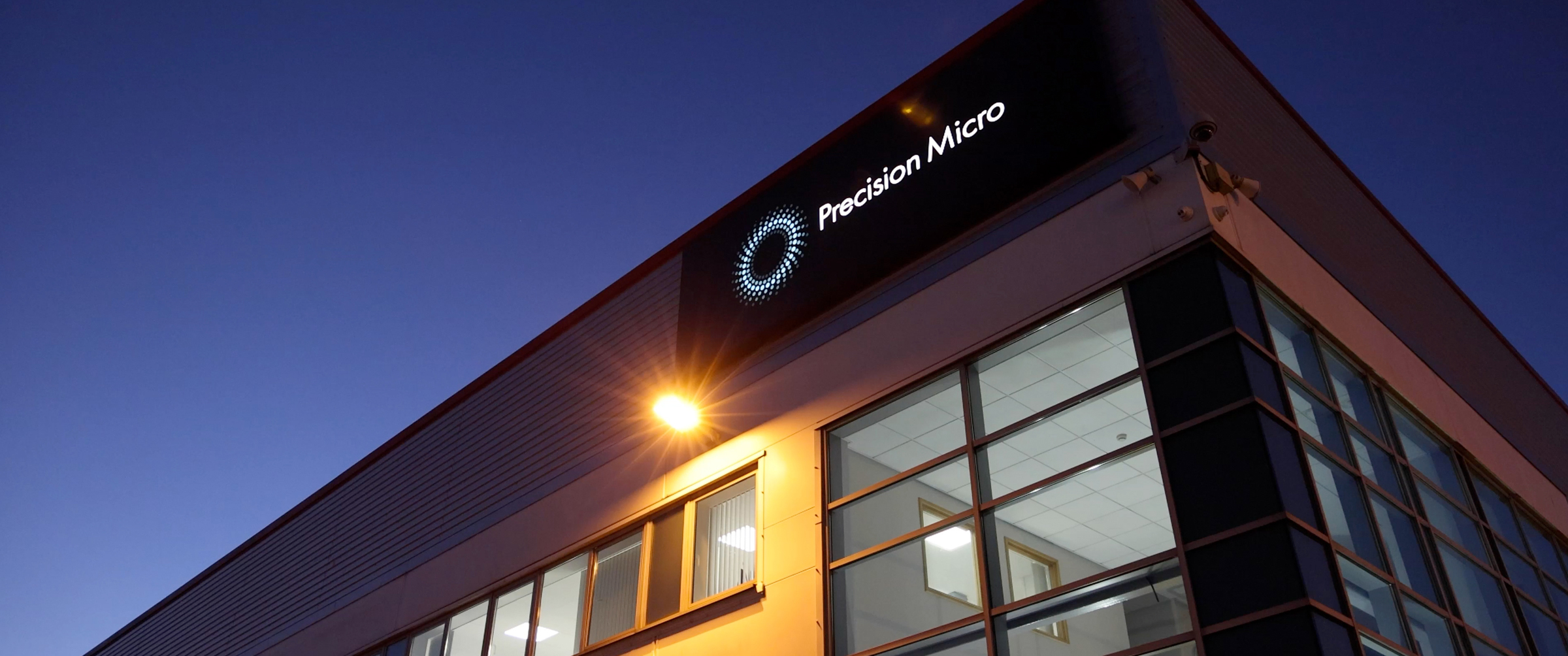Powering electric flight: Chemical etching in metallic bipolar plate manufacturing
As aviation looks to decarbonise, the industry is investing heavily in hydrogen fuel cells and electric propulsion technologies. From compact unmanned aerial vehicles (UAVs) to full-scale hydrogen-electric aircraft, fuel cells are emerging as a scalable, zero-emission alternative to combustion engines.

At the heart of every hydrogen fuel cell system is the bipolar plate – a highly engineered component that governs both electrical conductivity and fluid management. While several manufacturing processes exist for producing bipolar plates, photochemical etching stands out as a versatile, precise, and scalable method ideally suited to the unique demands of electric flight.
Aerospace Is Going Electric – and Scalable
In aviation, weight is performance – but so too are cost and manufacturability. While graphite has traditionally been favoured for its low weight and chemical resistance, it is brittle, expensive, and difficult to machine at volume.
Metallic bipolar plates – typically made from stainless steel, aluminium, or nickel alloys – are heavier in absolute terms, but offer significant advantages in terms of cost, mechanical robustness, and scalability. This makes them increasingly attractive for both UAV platforms and commercial aviation.
Thanks to chemical etching, metallic plates can be produced in very thin gauges (from 50 microns to 2.5 mm), reducing overall system mass while maintaining structural integrity – helping to minimise the weight penalty versus graphite.
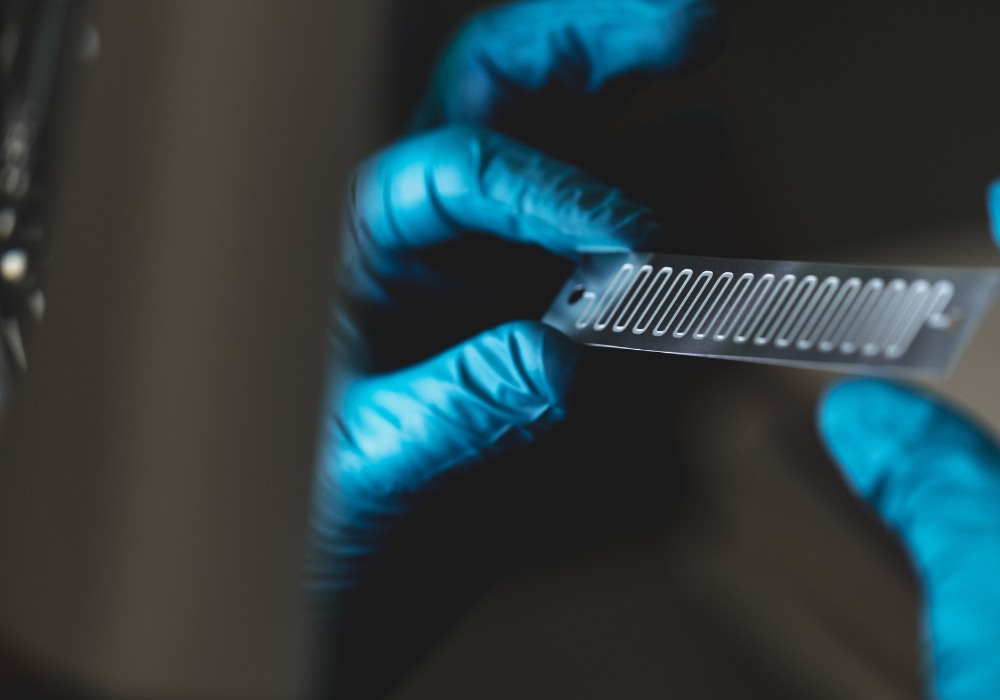
The Advantages of Chemical Etching for Bipolar Plate Manufacture
1. Enabling Compact, High-Performance Designs
Fuel cell systems for electric aircraft demand compact, space-efficient stack architectures. Etching supports this by producing highly intricate flow field features in thin metals. This allows engineers to reduce plate size and maximise stack density – critical for packaging fuel cell systems in confined aircraft structures.
2. No Distortion in Thin Metals
Chemical etching is a stress- and burr-free subtractive process. Unlike stamping or machining, it does not deform thin material or compromise flatness. This ensures consistent sealing, improved durability, and reliable performance under varying thermal and pressure conditions.
3. Design Agility – Ideal for R&D and Rapid Iteration
Aerospace fuel cell developers often require fast prototyping and frequent design changes. Etching uses digital tooling, enabling quick and cost-effective iterations without hard tooling costs. This makes it the ideal process for both early-stage R&D and ongoing design optimisation.
4. Scalable for Low- or High-Volume Production
Etching is equally suited to prototype development and full-scale production. It supports batch processing of multiple part geometries, reducing per-unit cost as volumes increase – making it a future-ready solution for commercialisation.
5. Material Versatility
Etching is compatible with a wide range of aerospace-approved materials, including stainless steels, aluminium, and nickel alloys. These offer a balance of conductivity, corrosion resistance, and mechanical strength, and can be further enhanced with coatings and surface treatments to improve performance in hydrogen-rich environments.
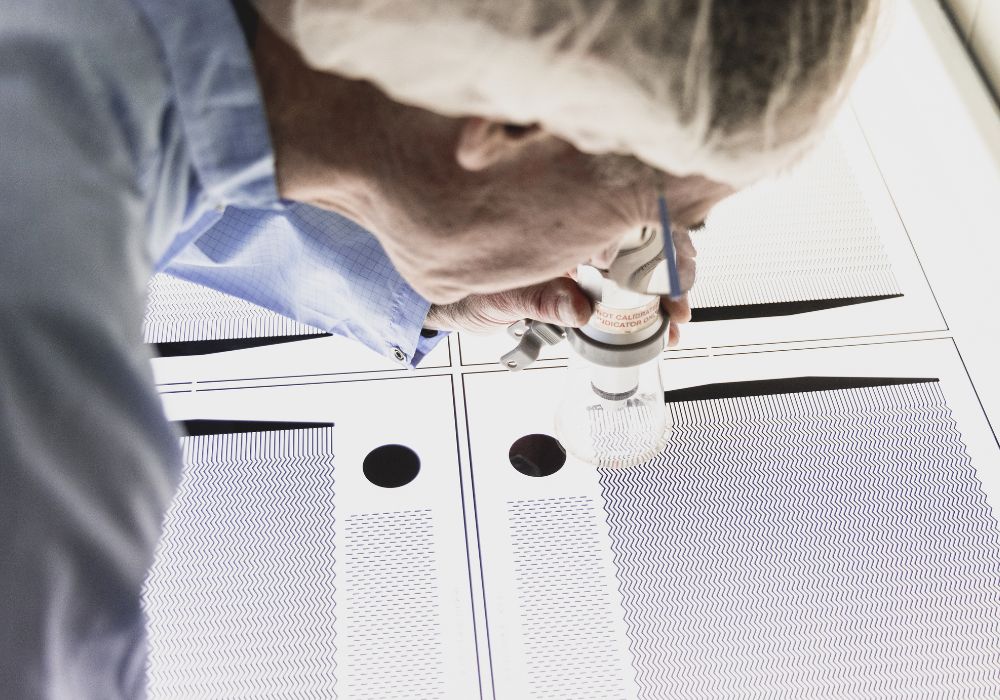
Supporting the Full Spectrum of Electric Aviation
At Precision Micro, we support a growing number of aerospace fuel cell programmes – from UAV developers focused on long-endurance flight to OEMs and tier-one suppliers advancing megawatt-class hydrogen propulsion.
Our capabilities include:
- Automated chemical etching lines for consistent, high-volume bipolar plate production
- AS 9100-accredited systems for aerospace-grade quality and traceability
- Dedicated engineering support for flow field design optimisation and cost reduction
Whether you’re developing a test rig, a flight-ready demonstrator, or scaling up to series production, chemical etching can help unlock your next phase of development.
Conclusion
As electric flight continues to evolve, the demand for scalable, compact, and high-performance bipolar plate solutions will only grow. Metallic plates, produced through chemical etching, offer a powerful combination of design flexibility, production efficiency, and cost-effectiveness.
With decades of experience supporting aerospace innovation, Precision Micro is ideally placed to help your programme take off.
Contact our engineering team to learn more.
Chemical Etching Whitepaper
Learn how chemical etching can overcome the limitations of traditional sheet metal machining technologies.
Download